Virtual reality and augmented reality are revolutionary technologies that have the power to transport users into virtual worlds and enhance real-world experiences.
By combining computer graphics, simulated environments, and interactive interfaces, virtual reality, and AR offer immersive experiences that engage multiple senses.
In this article, we will explore the keyword list related to virtual reality and AR and delve into their significance in creating captivating and unique experiences.
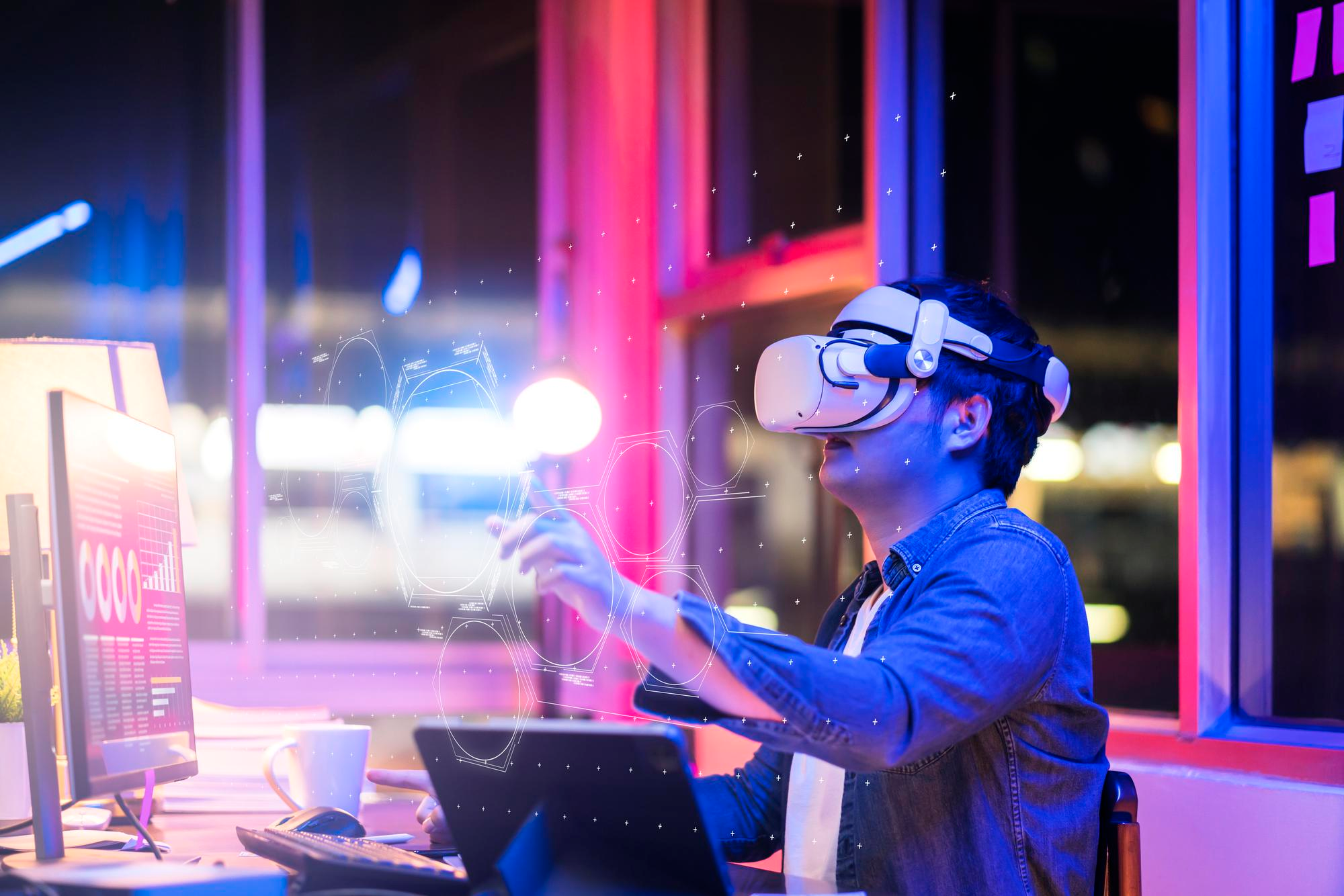
Virtual Reality: An Immersive Technology
The term Virtual reality refers to the computer-generated simulation of a three-dimensional environment that can be explored and interacted with by a user. It immerses the user in a virtual world, stimulating their senses and creating a sense of presence and realism.
Virtual Reality Devices and Headsets
VR headsets are the primary devices used to experience VR. The goal of these headsets is to create a convincing and immersive visual experience by rendering stereoscopic images that simulate depth and perspective.
These headsets incorporate advanced technologies such as motion sensors, gyroscopes, and accelerometers to track the person’s head movements in real-time. This tracking allows the VR environment to respond accordingly, adjusting the perspective and updating the visuals accordingly.
One of the key elements of VR headsets is to provide a wide field of view (FOV) to enhance the sense of immersion. By covering a significant portion of the user’s field of vision, VR headsets aim to create a more encompassing and realistic visual experience.
Moreover, VR headsets often feature built-in headphones or audio systems to deliver spatial audio, further enhancing the immersive experience. Spatial audio technology accurately reproduces sound in 3D space, creating a sense of depth and directionality that complements the visual aspects of virtual reality.
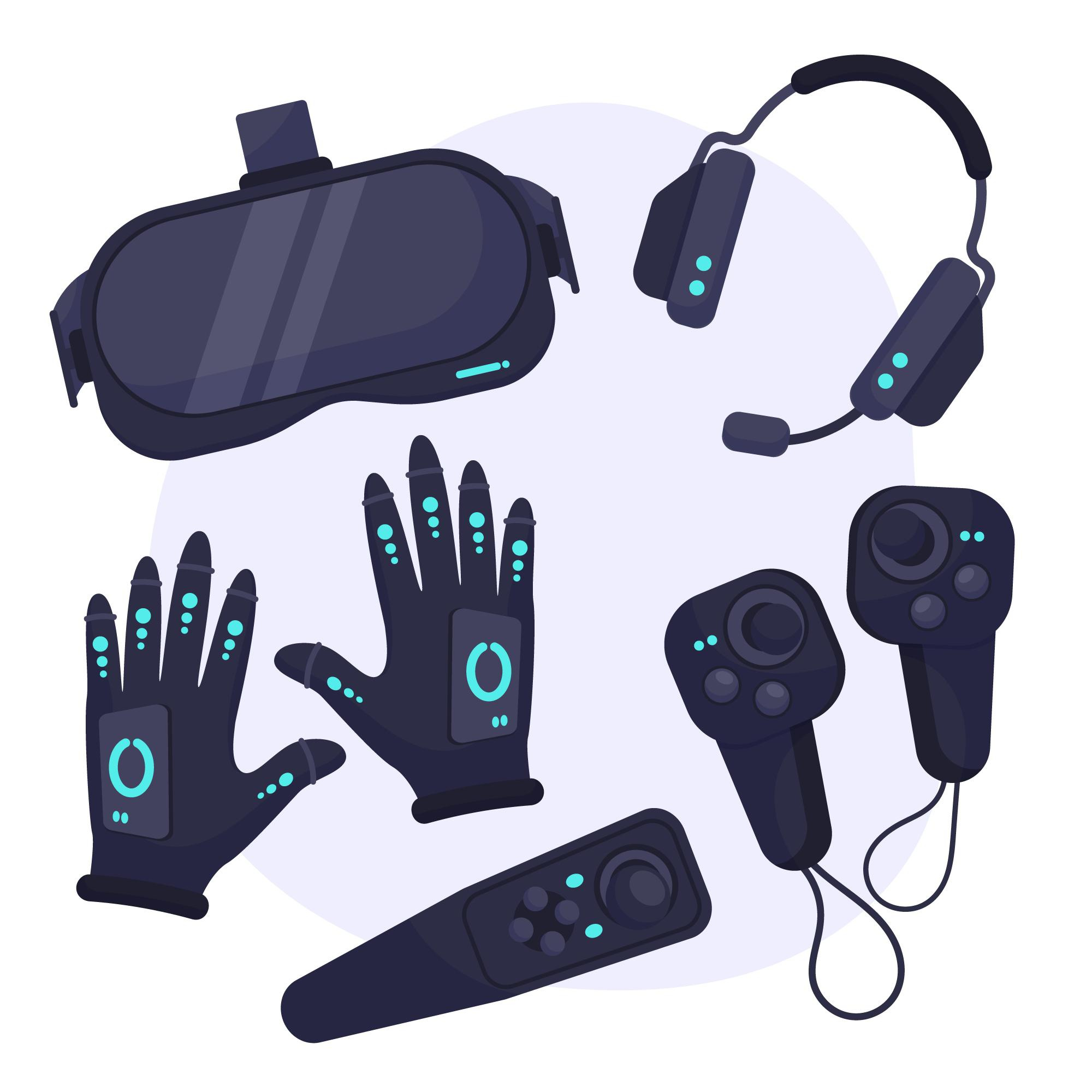
Virtual Reality Headsets and HMDs
These headsets, also known as head-mounted displays (HMDs), are worn on the head and feature high-resolution display screens for each eye. They are worn on the head and typically consist of a display screen and movement sensors to track the movements of the head.
Whether you are exploring a virtual world, engaging in immersive gaming experiences, or participating in professional applications such as training simulations or architectural visualization, VR headsets are the key to unlocking the wonders of virtual reality. Strap on a VR headset, and prepare to be transported to realms limited only by your imagination.
Leading manufacturers offer a variety of VR headset options, ranging from standalone devices that don’t require a separate computer or console to PC-based headsets that provide higher graphical fidelity and processing power. Each headset comes with its own set of features, specifications, and compatibility requirements, catering to different user preferences and needs.
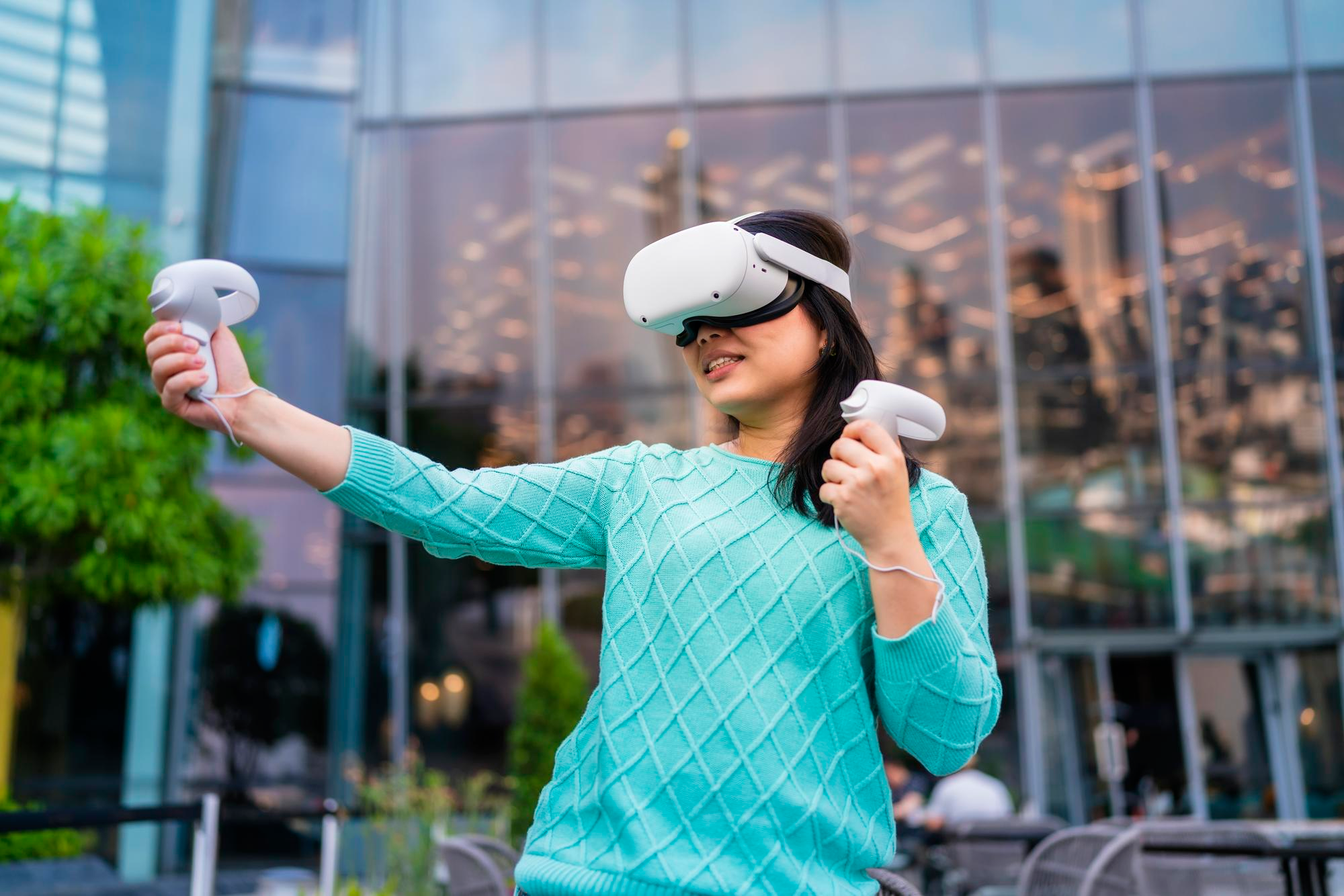
Virtual Reality Examples of Headsets Prominent
These headsets in the market include virtual reality Goggles, Samsung Gear VR, and PlayStation VR. These devices offer a wide range of engaging experiences, from gaming to virtual tours and exploration.
Virtual Environment and Virtual World in Virtual Reality
Virtual reality opens the door to a world of infinite possibilities, where the boundaries of reality are transcended, and the realm of imagination becomes tangible.
At the heart of this transformative technology lies the concept of virtual surroundings and worlds, where users can explore, interact, and immerse themselves in digital realms that rival the wonders of the physical world.
A Simulated Environment and Computer-Generated Graphics
Virtual reality creates computer-generated environments that can simulate real-world locations or entirely artificial worlds. These environments are constructed using advanced computer graphics techniques, enabling realistic visual representations.
Creating Interactive and Immersive VR Experiences
The key to a compelling VR experience lies in interactivity. Users can interact with objects and elements in the virtual environment, enabling them to manipulate and explore the virtual space.
Applications of Virtual Reality Technology
Gaming and Video Game Consoles: Virtual reality has revolutionized the gaming industry by providing players with immersive and lifelike gaming experiences. It allows gamers to step into virtual worlds, becoming active participants in the game.
Flight Simulators and Military Training: Virtual reality is widely used in flight simulators and military training programs. It offers a safe and controlled environment for pilots and soldiers to practice various scenarios and enhance their skills.
Virtual Tours and Exploration: Virtual tours enable users to visit distant locations and explore landmarks without leaving their homes. It has applications in tourism, education, and real estate industries.
Healthcare Industry and Therapy: VR technology is increasingly being used in the healthcare sector for various applications, such as pain management, mental health therapy, and medical training simulations.
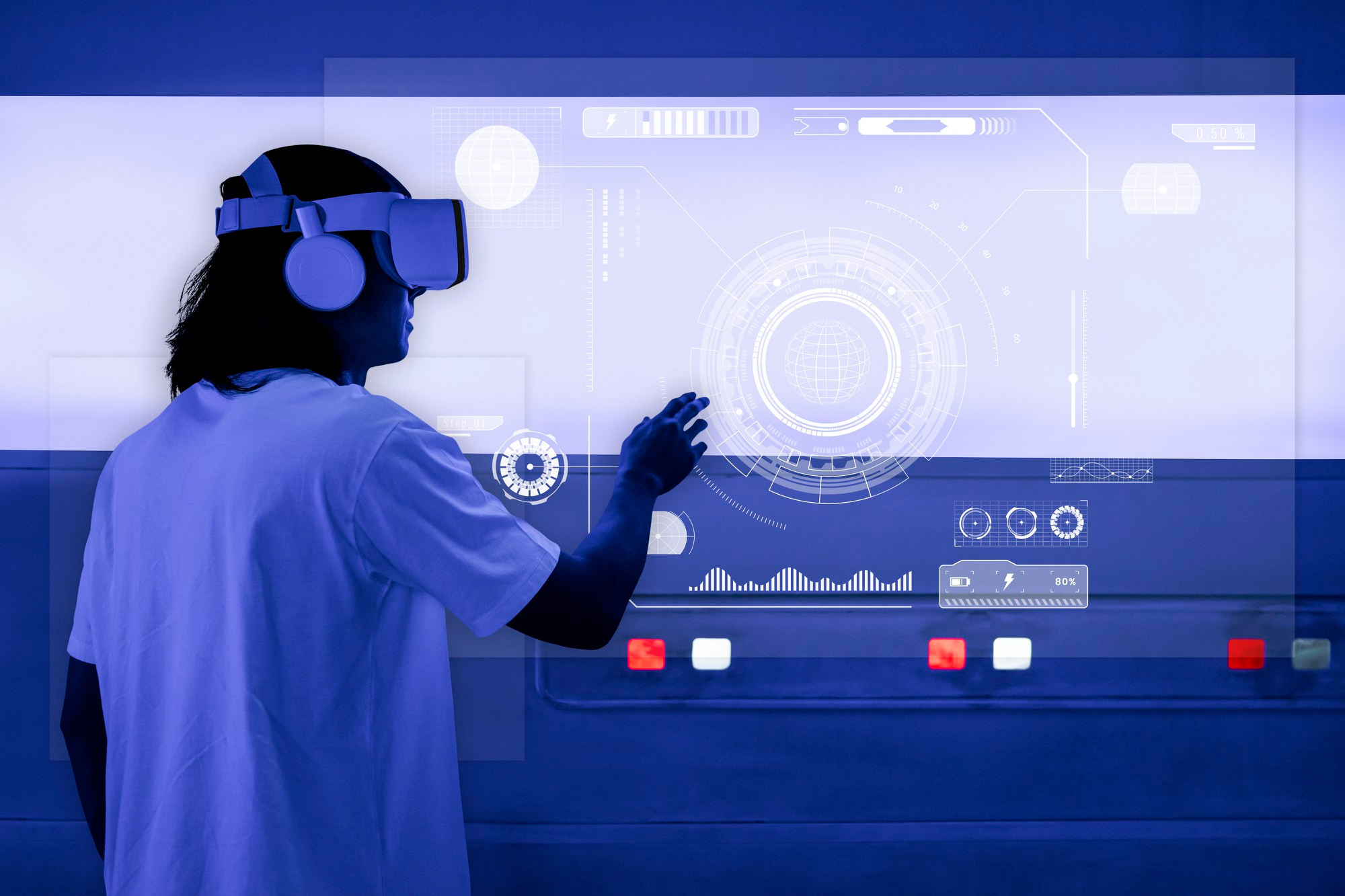
What Is Augmented Reality (AR)?
AR overlays virtual objects onto the real environment, enhancing the user’s perception of reality. It blends the real and virtual worlds, providing an interactive and immersive experience.
AR Headsets and Glasses
AR headsets and glasses, like Microsoft HoloLens and Magic Leap, enable users to see and interact with augmented content overlaid onto their physical surroundings. These devices offer hands-free and intuitive interaction with digital elements.
Mobile Devices and AR Applications
AR applications on smartphones and tablets provide users with a portable and accessible AR experience. Through the device’s camera and screen, digital content can be superimposed onto the real world.
Combining Virtual and Real-World Environments
In the realm of augmented reality (AR), one of the key strengths lies in seamlessly blending virtual and real-world environments, creating captivating and transformative experiences.
This merging of digital content with the physical world opens up a realm of possibilities for users to interact with virtual objects and enhance their real-world experiences. Let’s explore the two main aspects of this integration:
Overlaying Virtual Objects onto the Real Environment
AR technology allows for the overlaying of these objects onto the real surrounding, creating an augmented view that combines both elements.
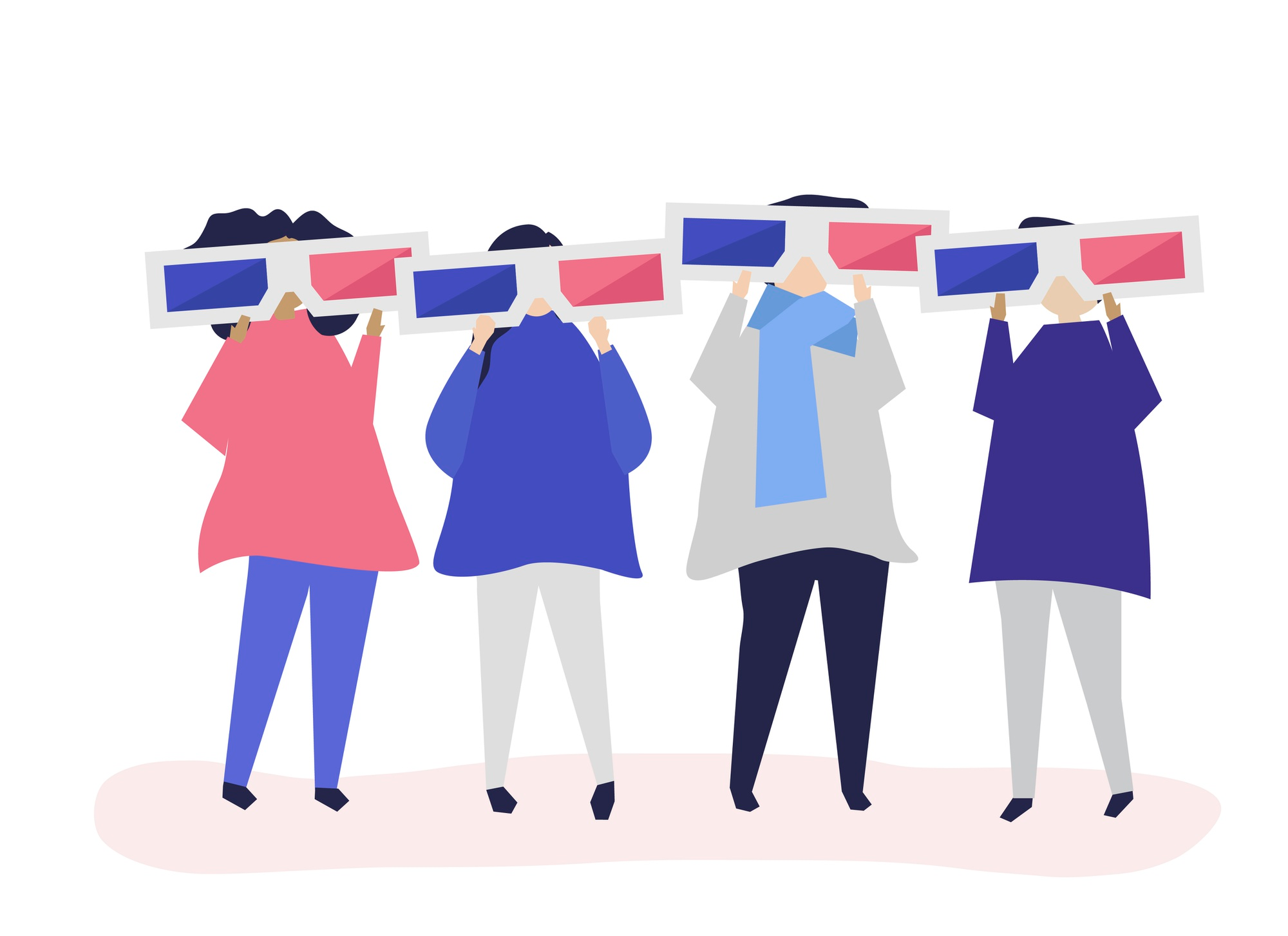
Using advanced computer vision techniques and spatial mapping, AR devices recognize and analyze the surrounding physical space, enabling the precise positioning and alignment of these objects.
For example, users can see virtual furniture placed in their living room, virtual characters roaming their backyard, or informative annotations overlaid on real-world objects.
This overlay of the real surrounding enriches our perception, enhances visualizations, and adds a new layer of context and information to our surroundings.
Enhancing Real-World Experiences with AR Technology
AR goes beyond simply overlaying digital content by enhancing our physical experiences through the integration of virtual elements. AR interfaces and applications offer various functionalities that enrich our daily lives.
For instance, AR navigation applications provide real-time directions and visual cues layered on top of the physical view, making it easier to navigate unfamiliar places. AR language translation apps can instantly translate text in real-time, allowing us to understand and interact with foreign languages more seamlessly.
Moreover, AR is leveraged in fields like education, where interactive AR experiences can bring educational content to life, making learning more engaging and immersive.
AR Applications and Examples
Gaming and Interactive Experiences: AR gaming apps, like Pokémon Go, bring virtual characters and objects into the real world. Users can engage with these virtual elements and interact with their surroundings.
Virtual Meetings and Collaboration: AR has the potential to transform remote communication by enabling virtual meetings and collaboration in shared augmented spaces. It allows participants to interact and visualize information in real-time.
Healthcare Industry and Medical Visualization: AR is used in medical fields for applications such as surgical planning, anatomy visualization, and guiding medical procedures. It enhances precision and improves the understanding of complex medical concepts.
What Is Mixed Reality?
Mixed reality (MR) is a merging of both virtual reality and augmented reality (AR) technologies, creating a spectrum of experiences that blend the real and the virtual world seamlessly.

In mixed reality, digital content and virtual assets are not only overlaid in the real environment like in AR but also anchored and interactable within it, similar to VR. This technology enables users to perceive and interact with both real and virtual elements simultaneously.
Mixed reality experiences often involve the use of specialized headsets, such as Microsoft HoloLens, that incorporate cameras and sensors to map the physical surroundings and track the user’s movements.
By understanding the physical environment and integrating digital content into it, mixed reality creates a more immersive and interactive experience than traditional AR.
In MR, virtual elements can behave as if physically present, allowing users to manipulate and interact with them in the physical realm. For example, users can place virtual furniture in their living room and see how it fits, or they can interact with virtual characters that respond to their presence and actions in real-time.
MR holds great potential in various industries and applications, including architecture, design, engineering, education, and gaming.
By seamlessly merging the virtual and real worlds, MR offers unique opportunities for collaboration, visualization, and interactive experiences that go beyond what is possible with either VR or AR alone.
Immersive Experiences with Virtual Reality and AR
Engaging experiences are crucial in virtual reality and AR to fully engage users and make them feel present in the virtual or augmented world. Immersion creates a sense of realism and captivates the user’s attention.
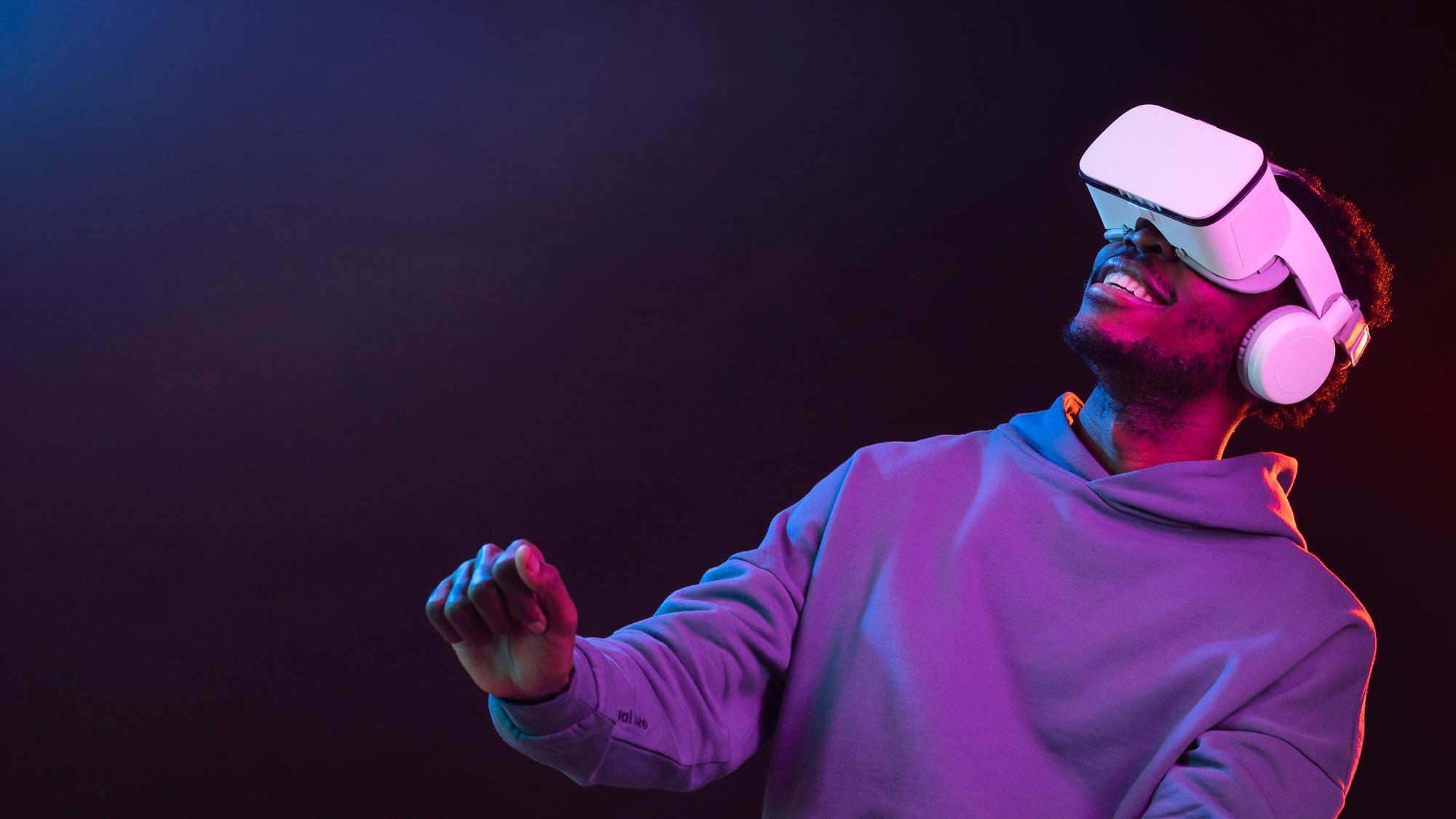
Input Devices and Interaction Methods
In the field of virtual reality and AR, the seamless interaction between users and digital content is crucial for creating immersive and engaging experiences.
Movement Sensors and Physical Movement
Tracking Virtual reality and AR systems utilize movement sensors and trackers to capture the user’s movements and translate them into virtual or augmented interactions. This allows users to physically interact with the virtual environment.
Haptic Interfaces and Feedback
Haptic interfaces provide tactile feedback to users, enhancing the sense of immersion. Vibrations, force feedback, and touch-based interactions allow users to feel and experience the textures of digital content.
Creating a Sense of Presence and Realism
Visual cues, such as realistic graphics and lighting, contribute to the sense of presence in VR environments. Also, Spatial audio techniques, like dynamic binaural audio, create a realistic and immersive soundscape.
Together, these elements enhance the overall experience in virtual and augmented environments.
Overcoming Challenges and Limitations
There are specific challenges and considerations that need to be addressed to ensure optimal user experience.
One challenge is motion sickness and user comfort. Some individuals may experience discomfort or motion sickness when using VR or AR devices. To address these issues, developers focus on optimizing frame rates and reducing latency. Smooth and responsive visuals are essential to minimize the potential for motion sickness.

Additionally, designing devices that are comfortable and lightweight is crucial for users to wear them for extended periods without experiencing discomfort. By prioritizing user comfort and minimizing motion-related discomfort, VR and AR experiences become more enjoyable and accessible to a broader audience.
Another aspect to consider is the processing power and hardware requirements of VR and AR applications. These technologies demand significant computational resources to deliver smooth and engaging experiences.
High-resolution visuals, real-time tracking, and complex interactions require advanced hardware capabilities. As technology continues to evolve, the development of more powerful and accessible devices becomes essential for the widespread adoption of VR and AR.
Meeting the demands of processing power and hardware requirements paves the way for more seamless, immersive, and accessible experiences for users.
Future Possibilities and Implications
Ongoing advancements in VR technology are revolutionizing the capabilities of VR headsets and hardware. These improvements result in more sophisticated and comfortable headsets, with higher resolution displays that offer a more immersive visual experience.
Additionally, advancements in tracking technologies contribute to more accurate and responsive interactions within virtual surroundings. The continuous evolution of VR headsets and hardware enhances the overall quality and realism of the VR experience, making it even more captivating and engaging for users.
Furthermore, the integration of VR and AR with other emerging technologies opens up new realms of possibilities. For instance, the combination of VR and artificial intelligence (AI) enables intelligent and adaptive virtual experiences.
AI algorithms can analyze user behavior and preferences, dynamically adjusting the content and interactions to provide personalized and interactive VR environments.
Moreover, the integration of VR and the Internet of Things (IoT) allows for the creation of interconnected virtual and augmented experiences. IoT devices can provide real-time data and interact with virtual environments, enriching the overall immersive experience.
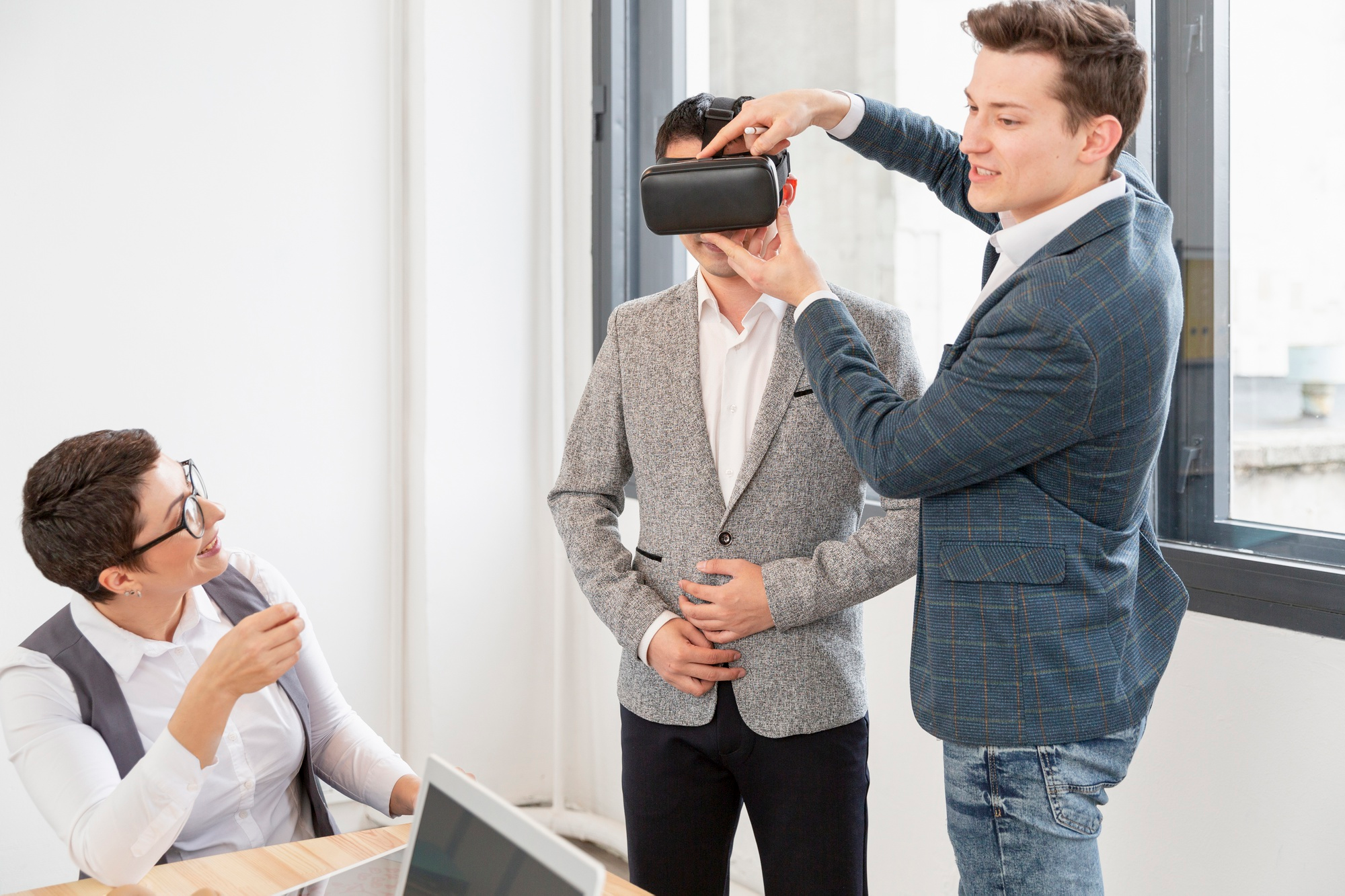
Potential Applications in Various Industries
Education and Training: Virtual reality and AR have the potential to revolutionize education and training by providing immersive and interactive learning environments. They can simulate real-world scenarios, facilitate skill development, and enhance knowledge retention.
Architecture and Design: Architects and designers can use virtual reality and AR to visualize and present their creations in a more realistic and interactive manner. Virtual walkthroughs and 3D modeling enable stakeholders to experience and provide feedback on designs.
Entertainment and Storytelling: Virtual reality and AR offer new dimensions for storytelling and entertainment. They help users to become active participants in narratives, blurring the lines between fiction and reality.
Conclusion
Virtual reality and AR technologies hold immense potential to revolutionize various industries and provide captivating engaging experiences. They transport users to a virtual world and augment their perception of reality.
The benefits of virtual reality and AR extend beyond entertainment, encompassing education, training, healthcare, and numerous other sectors. Continued development and exploration of these technologies offer endless opportunities for innovation and improvement.
As virtual reality and AR continue to evolve, it is crucial for researchers, developers, and enthusiasts to push the boundaries and unlock their full potential. By addressing challenges, and user needs, we can shape a future where engaging experiences redefine how we interact with the digital and physical worlds.

People Also Ask (FAQs)
What is Virtual Reality?
Virtual reality refers to the computer-generated simulation of a three-dimensional environment that can be explored and interacted with by a user. It creates an engaging experience that transports users into a virtual world, stimulating their senses and creating a sense of presence and realism.
How does virtual reality technology work?
VR technology relies on virtual reality headsets and HMDs that are worn by users. These devices contain movement sensors and high-resolution display screens to track the user’s head movements and render realistic visuals, creating the illusion of being present in a virtual environment.
How are virtual reality environments created?
Virtual reality environments are created using computer graphics techniques to generate simulated environments and objects. These environments can be based on real-world locations or completely artificial worlds, allowing users to interact with and explore them through virtual reality devices.
What is Augmented Reality?
AR overlays digital content onto the physical surroundings, enhancing the user’s perception of reality. Unlike virtual reality, which immerses users in a virtual world, AR enriches the real-world experience by supplementing it with virtual elements.
How do AR devices and interfaces differ from VR devices and headsets?
AR devices and interfaces differ from VR devices and headsets in their primary objective. While VR aims to immerse users in virtual surroundings, AR enhances the real-world experience by overlaying digital content onto it. AR devices, such as smart glasses or smartphone apps, enable users to interact with virtual elements while still being aware of their physical surroundings. In contrast, VR devices completely immerse users in a simulated reality, shutting out the real world.



